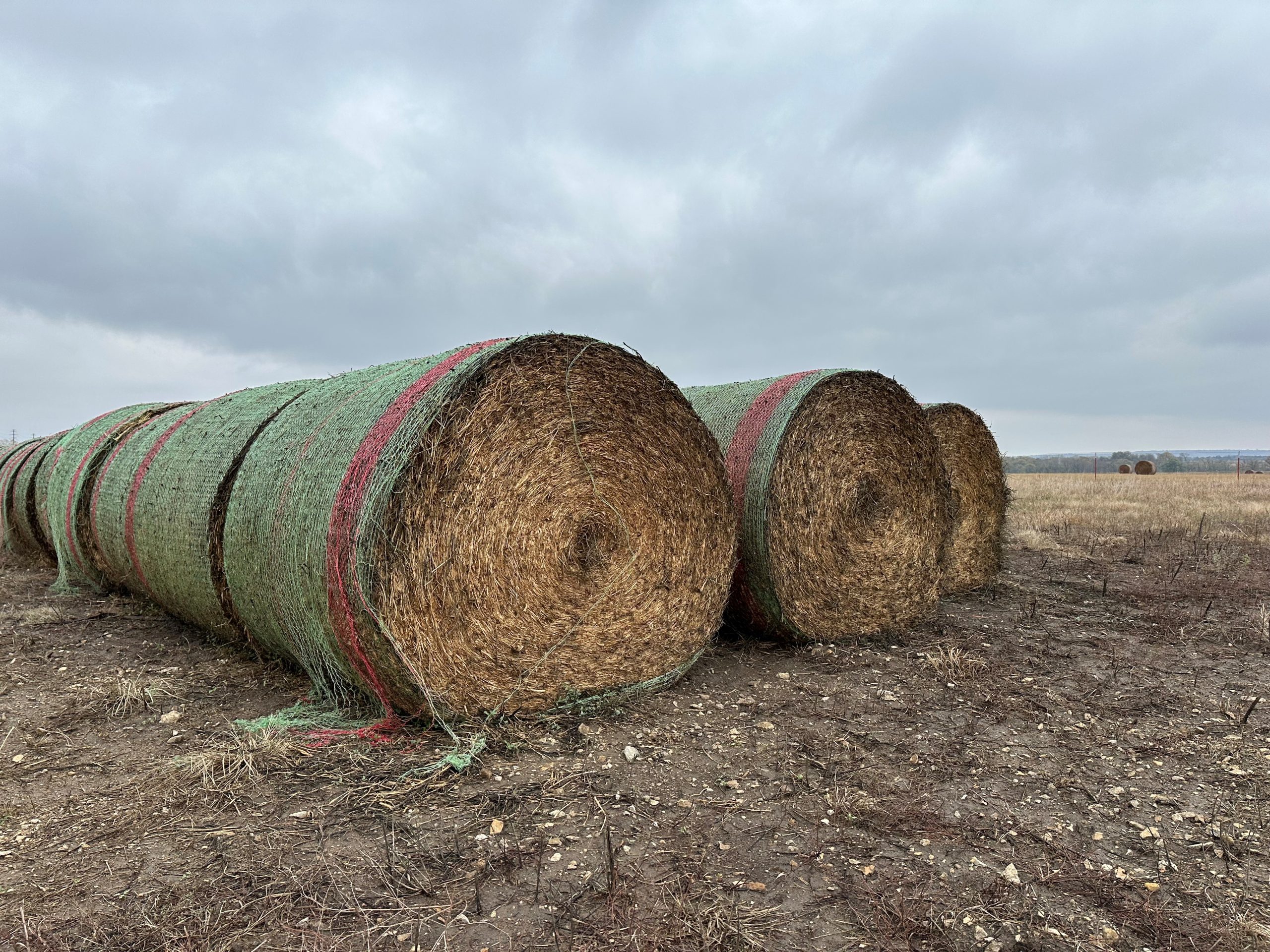These four measurements can help you determine what your herd needs are for additional nutrition.
Harvested forages, like hay, are a significant investment for cattle nutrition programs. The U.S. Department of Agriculture currently estimates hay to cost $209 per ton as of September, up 28.3% from 2011. These prices can vary widely depending on your location and the demand for forage.

No matter your overall cost of buying or bailing hay, it is vital to get a grasp on the quality of your forages to know if your cattle are getting what they need. Before you start feeding forage, get it sampled and then create a balanced nutrition program.
“While it can seem like a daunting task, understanding a few key values can make results analysis easier,” says Chad Zehnder, Ph.D., cattle nutritionist with Purina Animal Nutrition, Arden Hills, Minnesota.
Here are a few values to pay attention to when you get your cattle forage analysis back:
Dry matter
Dry matter is the simplest measurement to understand, and it is critical to know. Analysis results should always be viewed on a DM basis to remove moisture variation, especially when comparing values between forage for cattle.
“Dry matter can tell you quite a bit about how forages were harvested and how they may transform during storage,” Zehnder says. “You’ll also know your risk for mold and yeast growth.”
Crude protein
Crude protein is a calculation of nitrogen content multiplied by 6.25. In most cases, CP can be used to balance protein in cattle feed rations.
“Stored cattle forage that has undergone significant heating is an exception. In this instance, the analysis should account for bound protein or unavailable protein, defined as ADF-CP, where ADF is acid detergent fiber. This value is used to report available crude protein, which can be used to balance cattle feed rations for protein,” Zehnder says.
Energy content
Values used to interpret energy content are often the most confusing. The only real determination of a feed’s energy value is through feeding trials. Therefore, a forage’s energy is estimated based on measurable values in a feedstuff.
“ADF and neutral detergent fiber are laboratory procedures used to predict forage digestibility and intake potential,” Zehnder says. “Forage intake potential decreases as forages mature and NDF fractions increase. Likewise, cattle forage digestibility decreases as ADF fractions increase.”
ADF content is the best laboratory measurement of forage energy value. ADF is used in prediction formulas to calculate energy value expressed as net energy gain and net energy maintenance. These values can be used to balance cattle feed rations for energy requirements.
“Relative feed value (is often reported and considers forage dry matter digestibility and dry matter intake,” Zehnder says. “RFV is not used to balance diets but can be useful in comparing multiple lots of hay or to get a basic idea of forage quality.”
Minerals
Consider macromineral content (Ca, P, K and Mg). Concentrations can vary, but knowing forage macromineral content can help estimate supplementation requirements; for example, if you’ve experienced winter tetany in the past and want to estimate magnesium supplementation needs.
While macromineral analysis can be helpful, micromineral analysis is more expensive. It’s also difficult to get a representative sample of microminerals because forage content varies by field and season.
“That’s why providing quality mineral year-round is important, so you ensure your cattle are receiving the nutrients they need,” Zehnder said.
Final thoughts
A good rule of thumb for balancing a cow ration is to aim for the following daily nutrition requirements for a 1,400-pound cow during the middle of pregnancy on a dry matter basis:
- 23 lb. of DM;
- 7.1% CP;
- 0.44 Mcal/lb. of NEm;
- 0.19% calcium (Ca); and
- 0.15% phosphorus (P).
These values will need to be adjusted based on a variety of factors, including animal age, stage of production, current body condition, animal size, environment, etc.
“Well-interpreted results can be used to fine-tune cattle diets, meet cattle requirements and optimize performance. But don’t interpret alone,” Zehnder says.
Bring your feed supplier, nutritionist and agronomist to the table. A whole-farm approach can help determine the best way to use your cattle forage today and help you raise better forages in the future.
For more information, visit purinamills.com or contact a local Purina dealer for strategies to make the most of your nutrition program.



